Welcome to one of the most active flamenco sites on the Internet. Guests can read most posts but if you want to participate click here to register.
This site is dedicated to the memory of Paco de Lucía, Ron Mitchell, Guy Williams, Linda Elvira, Philip John Lee, Craig Eros, Ben Woods, David Serva and Tom Blackshear who went ahead of us.
We receive 12,200 visitors a month from 200 countries and 1.7 million page impressions a year. To advertise on this site please contact us.
|
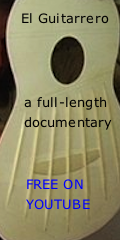
|
|
RE: Bogdanovich´s method for flamenco guitars
|
You are logged in as Guest
|
|
Users viewing this topic: none
|
|
Login  | |
|

   
Andy Culpepper
Posts: 3028
Joined: Mar. 30 2009
From: NY, USA

|
 RE: Bogdanovich´s method for flamen... (in reply to mango) RE: Bogdanovich´s method for flamen... (in reply to mango)
|
|
|
quote:
... when I just knock on my free plate I hear several notes from a certain natural overtone series. Souldn´t the pitch of that give me information about the ratio between stiffness and weight? And shouldn't this ratio (with all structural aspects in mind) be within a certain range to achieve a good result?
That is an interesting observation if you can really hear all those separate pitches in the tap tone. I think you would need to use an oscillator to accurately assess those resonances though. If you look at the patterns on my #5 top it looks like I had resonances at D, G, A, E, G again, then Bb, then somewhere between C# and D, then between D and Eb, then F#. Nothing about that points to the fact that my monopole resonance was later around G#. At this point in my building philosophy, I agree with Echi that at the point when you just have the top braced, your main assessment of it should be simply using the thumbs to flex and determine the actual structural properties of the braced top.
If you plan on making more guitars though, the more data about this one that you can gather the better. So make a note about what frequencies you feel like you're hearing out of that top, so later you can try to replicate it if you like the results. But no, I would not be trying to "tune" the top at this point because you're basically working in the dark if you have no previous guitars to compare it to. You can do that much more effectively later on when the guitar is assembled.
quote:
Usually people try to tune the back a semitone higher than the top. I read some interesting topics of Alan Carruth about it.
That's interesting because I would say that most of the guitars I have seen (and made) have the back tuned somewhere around a minor third to a major third above the top! I guess "at least a semitone higher" would be more accurate.
|
|
|
|
REPORT THIS POST AS INAPPROPRIATE |
Date Feb. 16 2020 23:52:28
 |
|
 New Messages New Messages |
 No New Messages No New Messages |
 Hot Topic w/ New Messages Hot Topic w/ New Messages |
 Hot Topic w/o New Messages Hot Topic w/o New Messages |
 Locked w/ New Messages Locked w/ New Messages |
 Locked w/o New Messages Locked w/o New Messages |
|
 Post New Thread
Post New Thread
 Reply to Message
Reply to Message
 Post New Poll
Post New Poll
 Submit Vote
Submit Vote
 Delete My Own Post
Delete My Own Post
 Delete My Own Thread
Delete My Own Thread
 Rate Posts
Rate Posts
|
|
|
Forum Software powered by ASP Playground Advanced Edition 2.0.5
Copyright © 2000 - 2003 ASPPlayground.NET |
9.423828E-02 secs.
|


 Printable Version
Printable Version


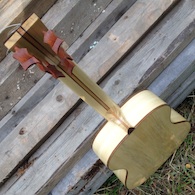


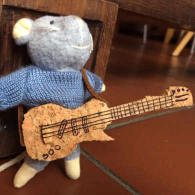
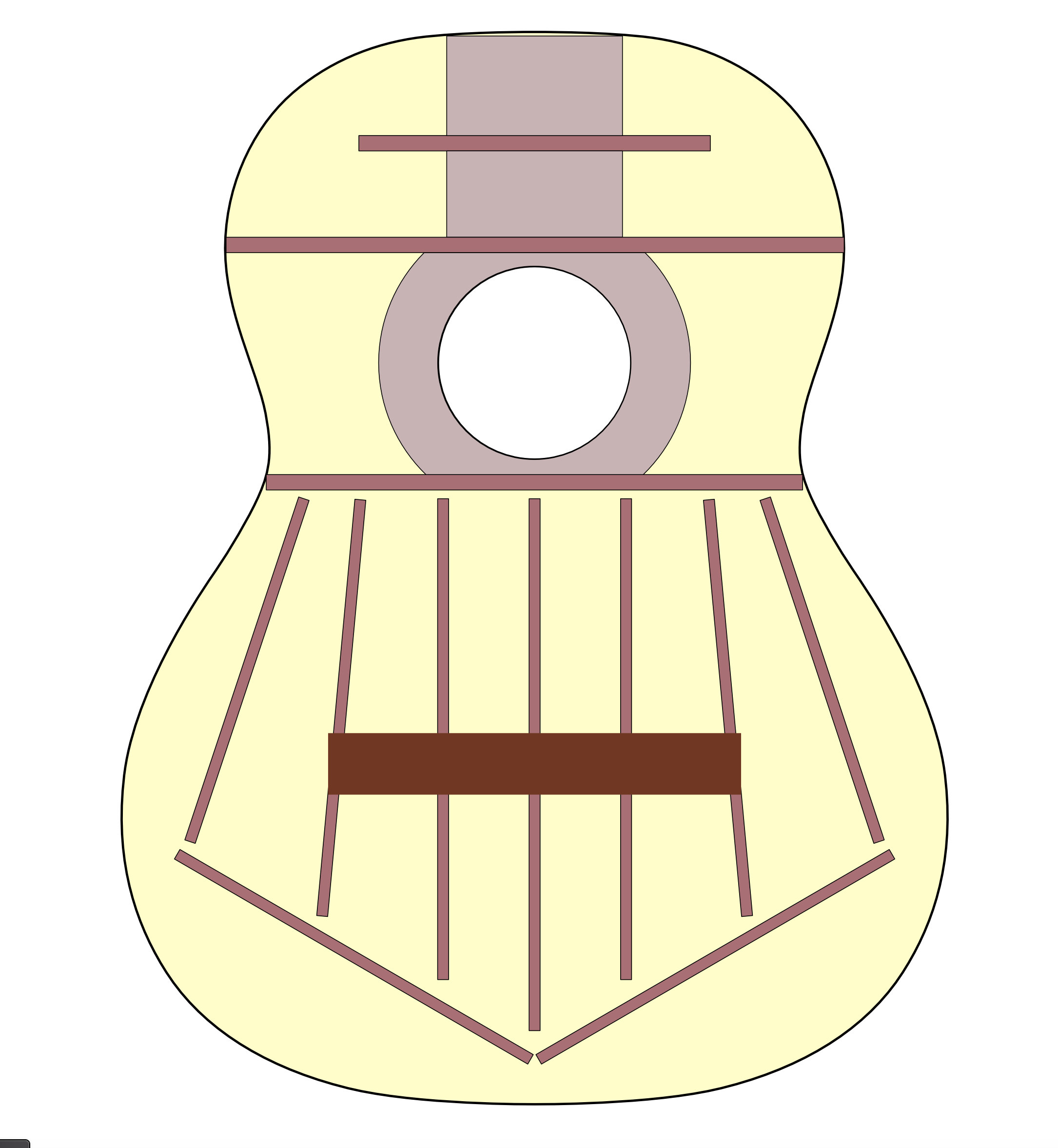

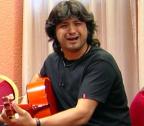
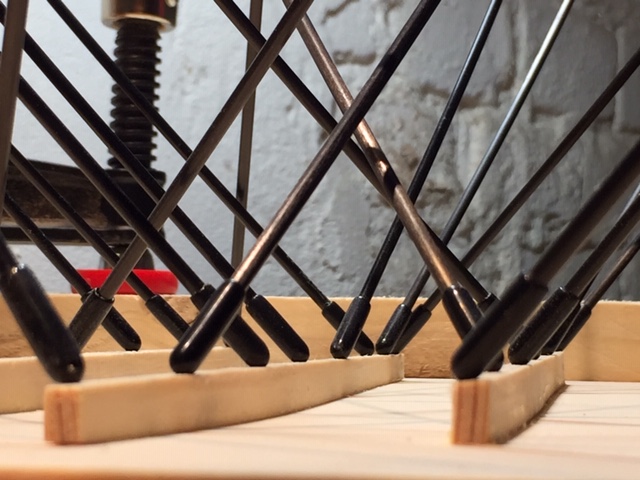
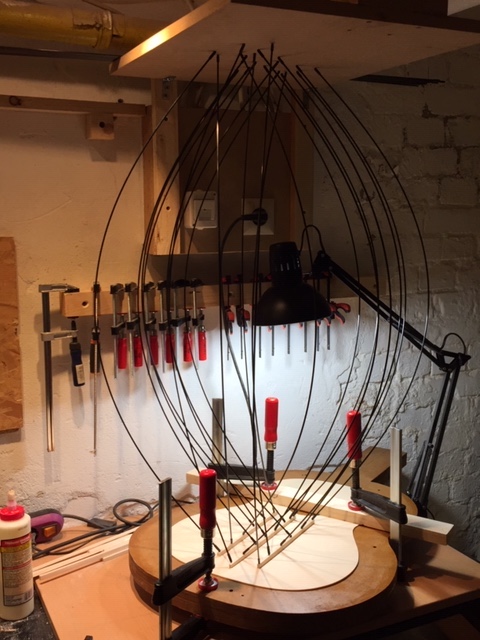
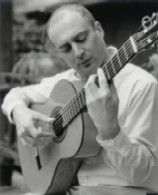
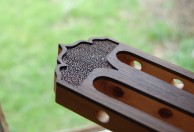


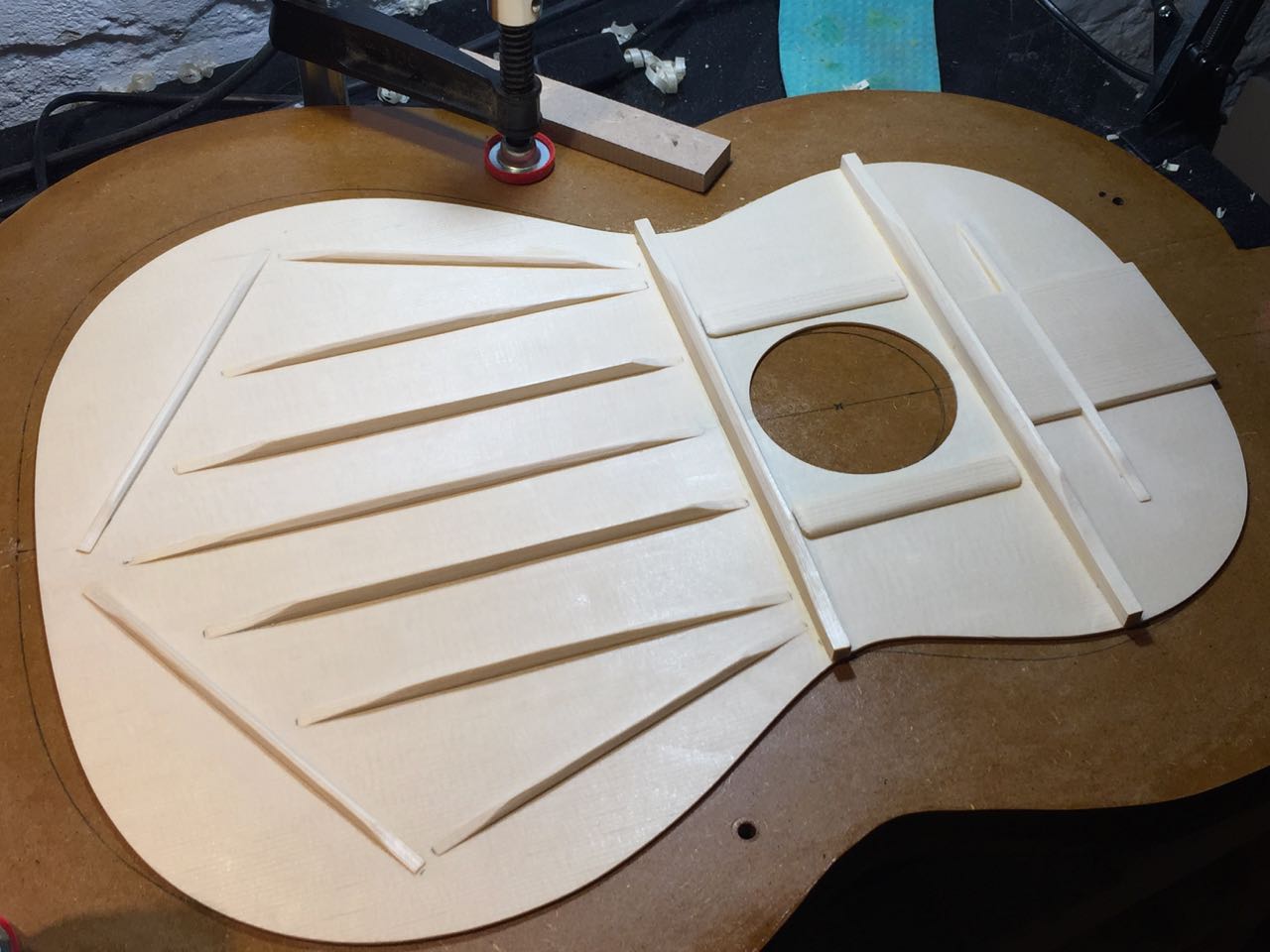
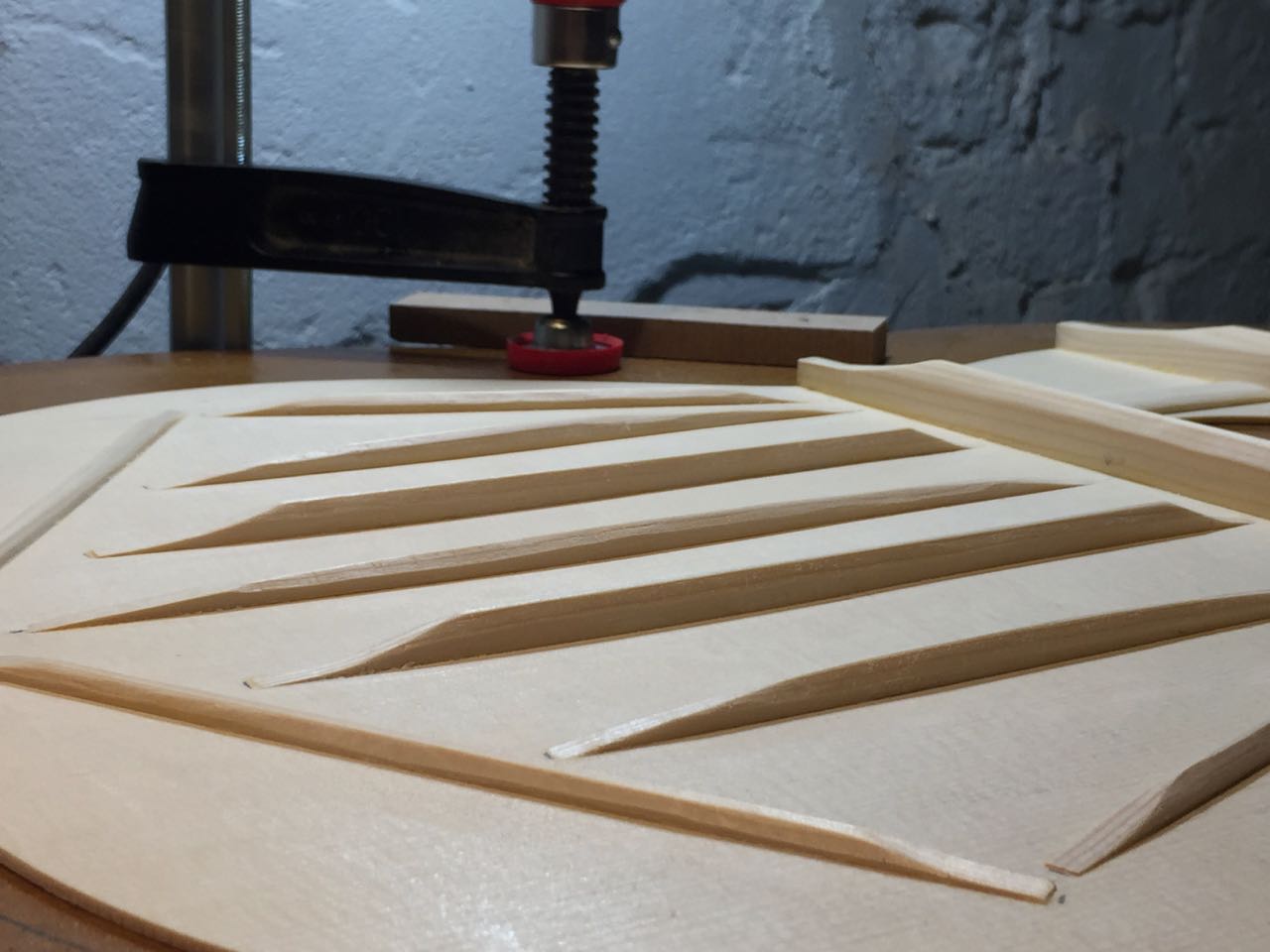
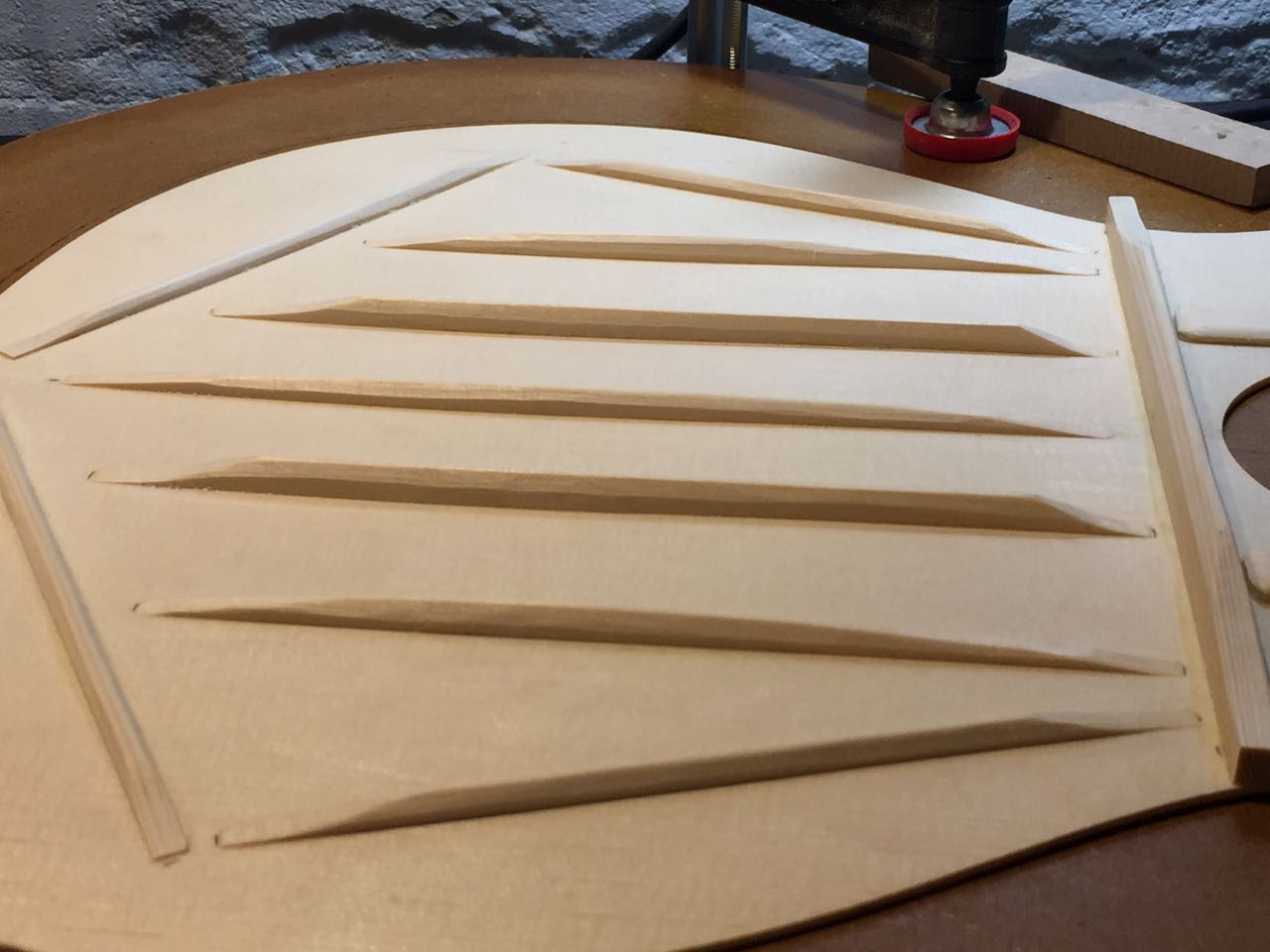
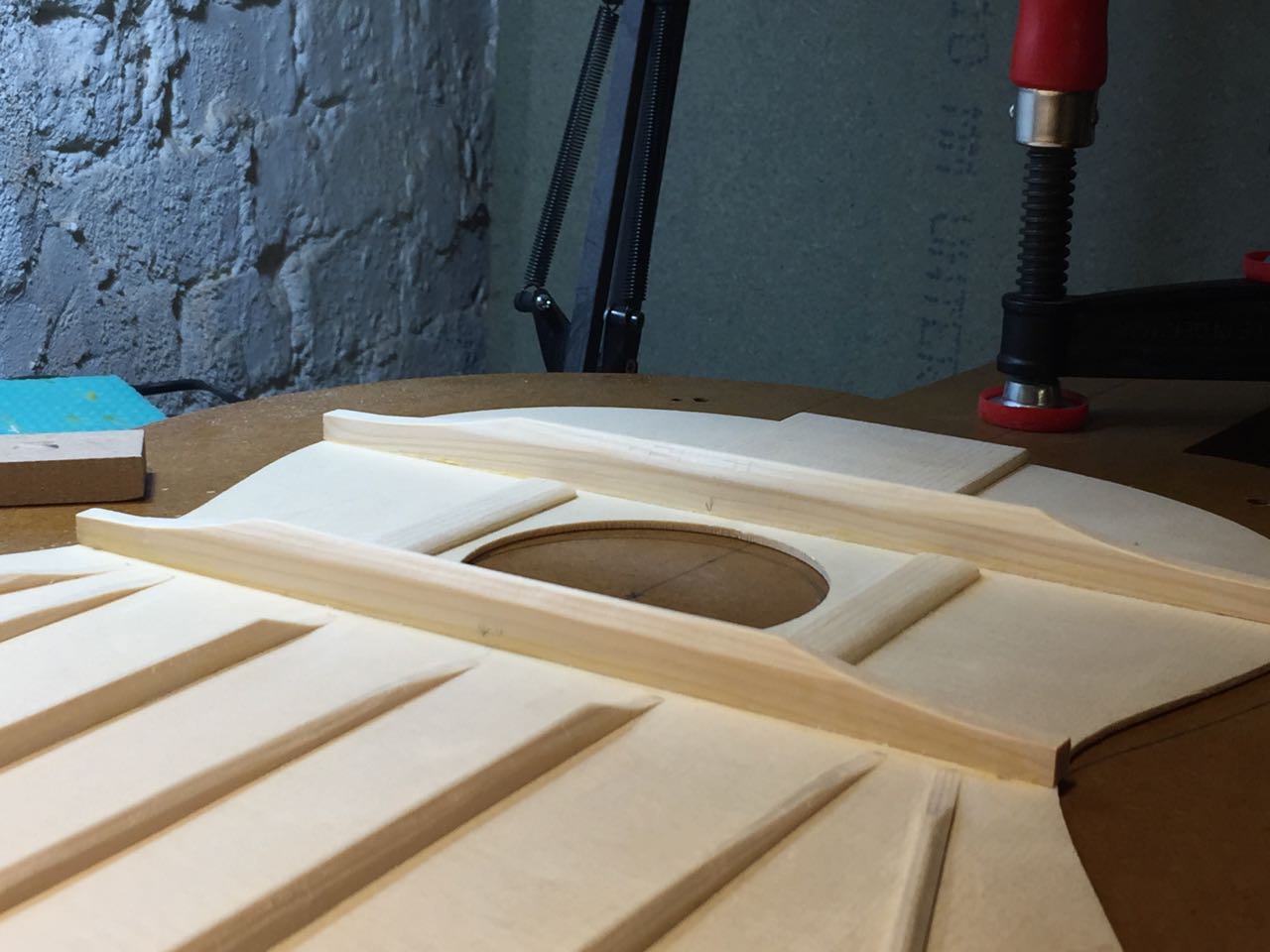
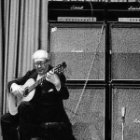
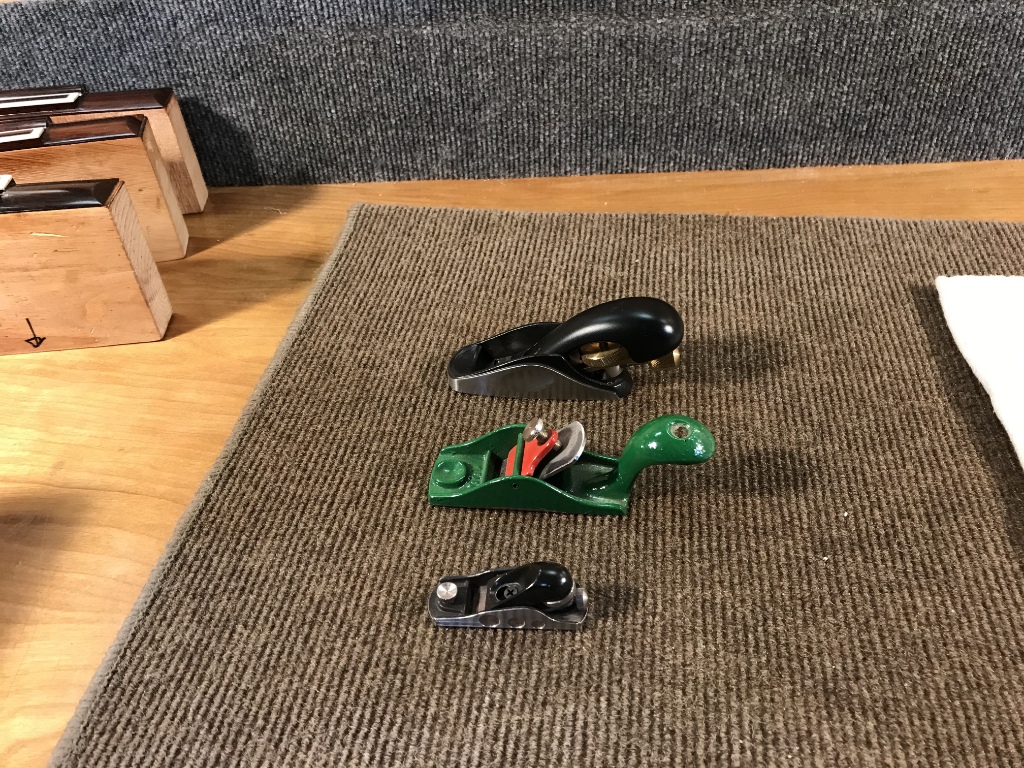

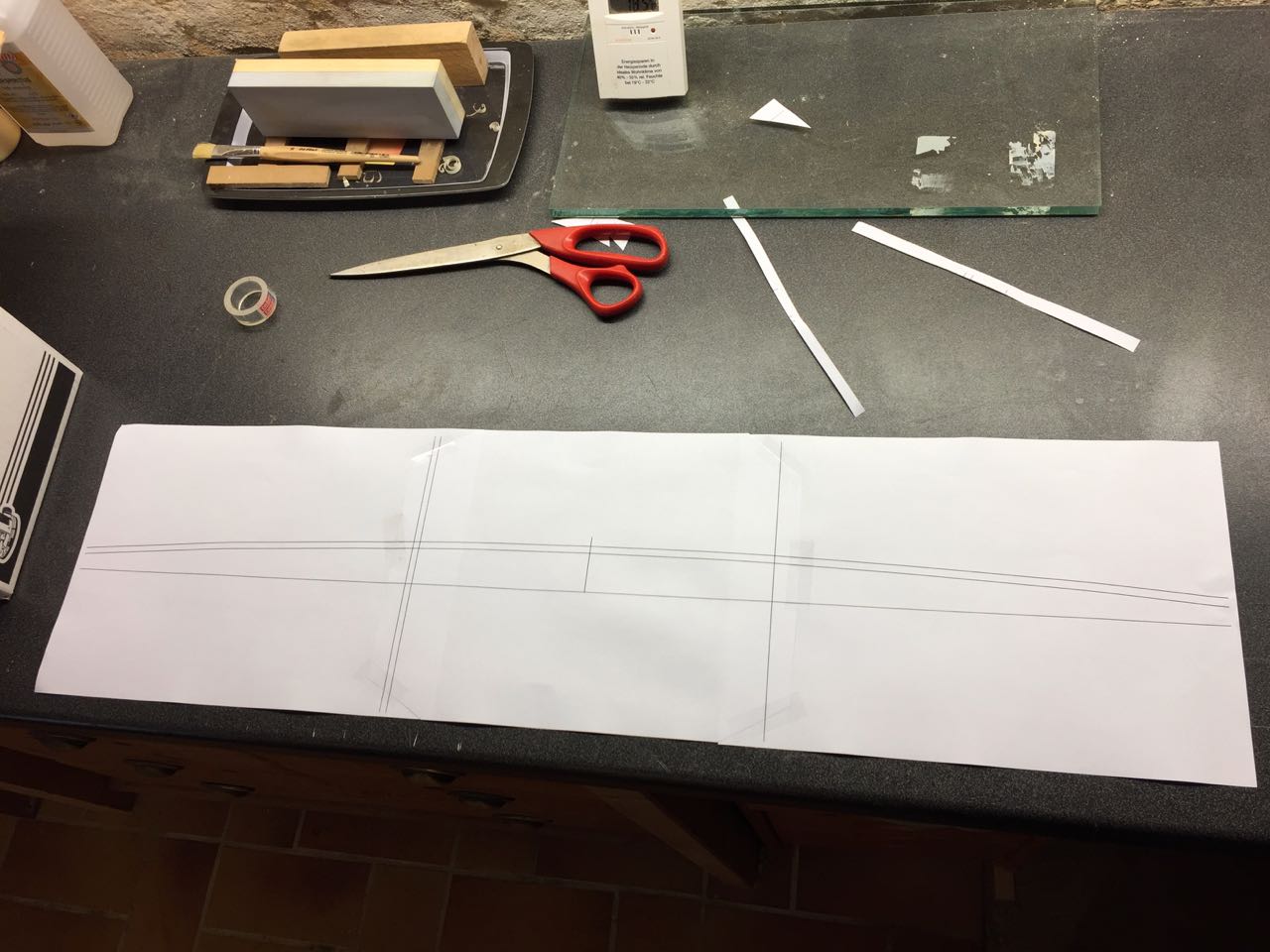
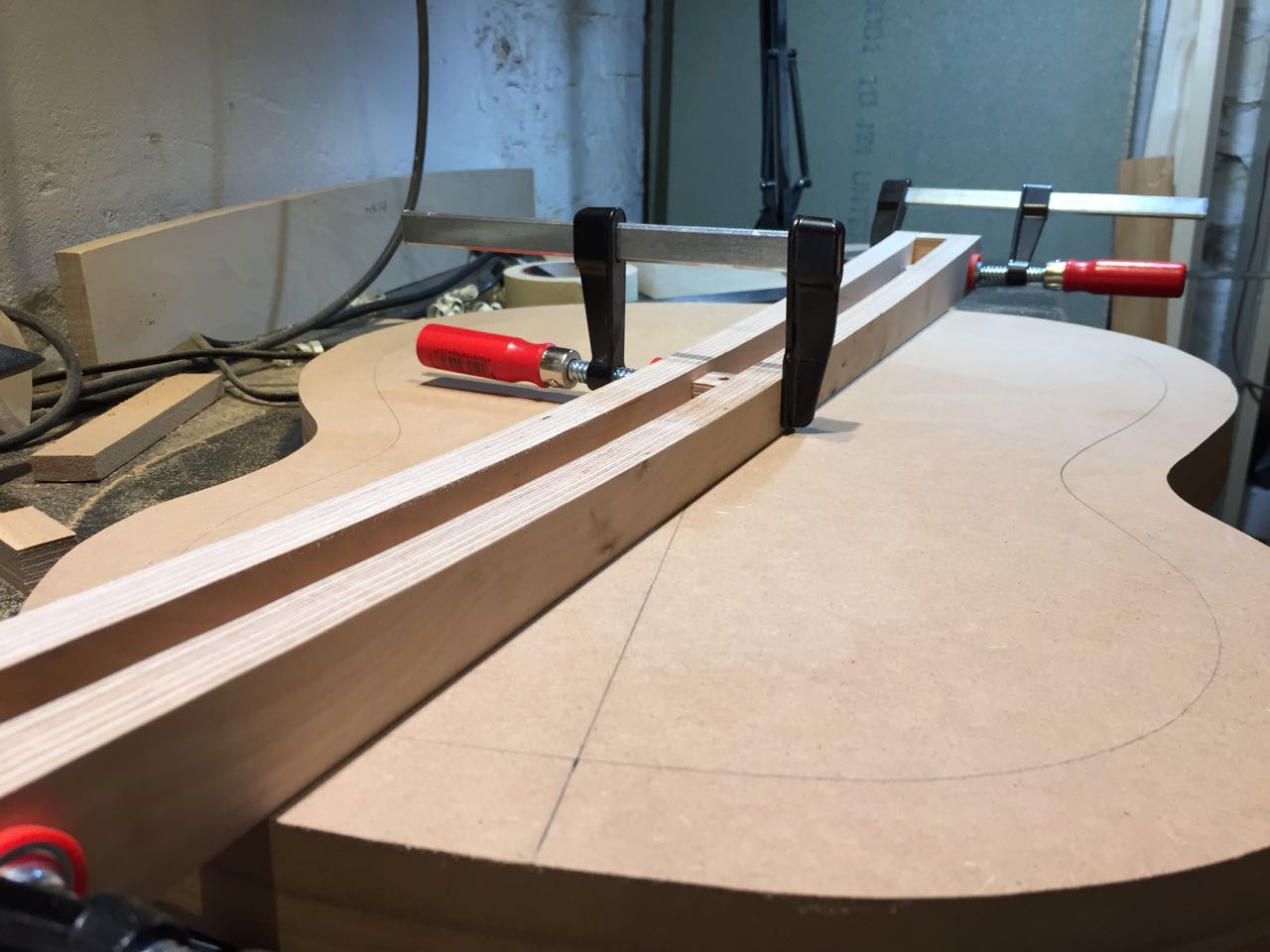
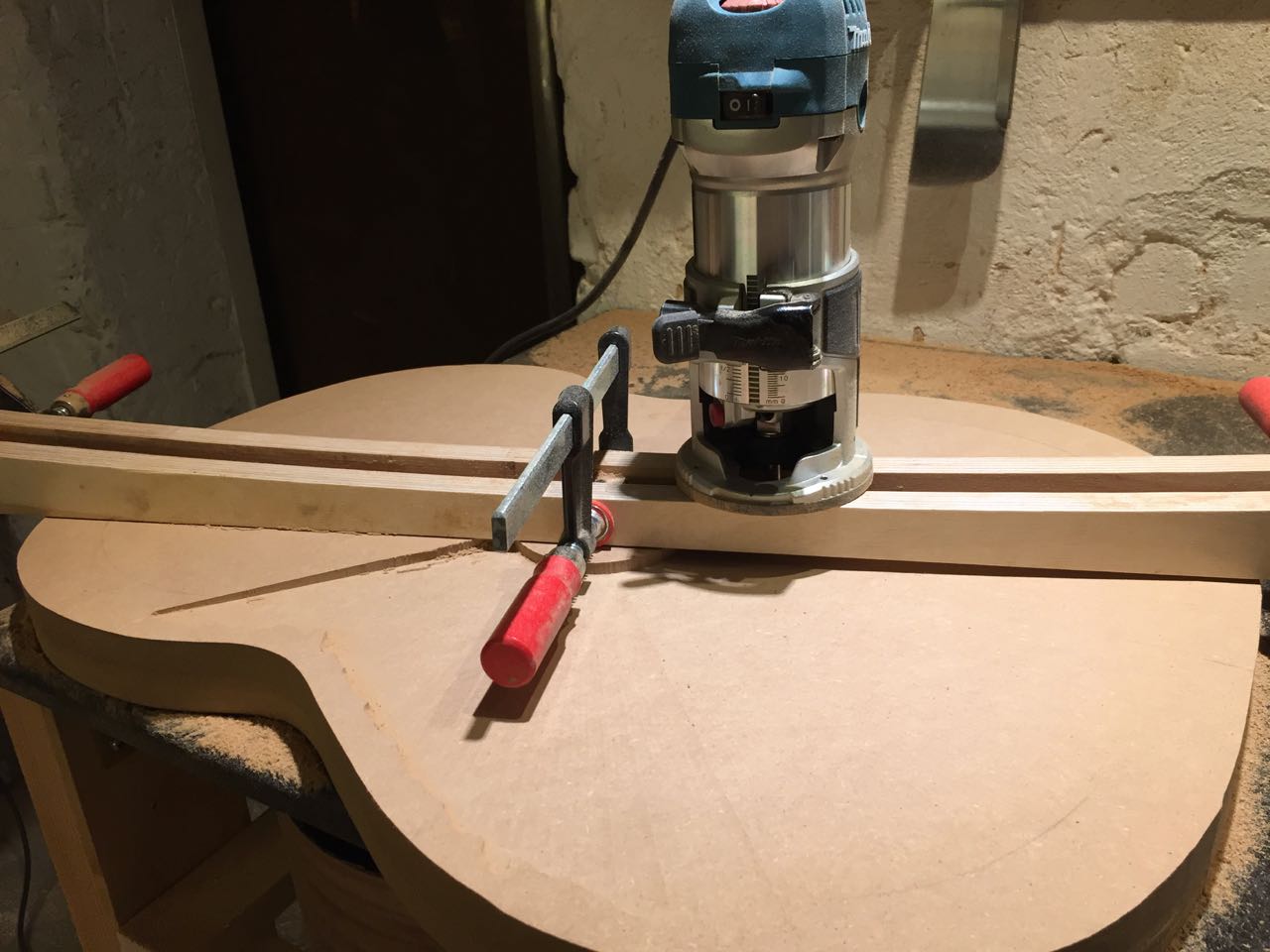
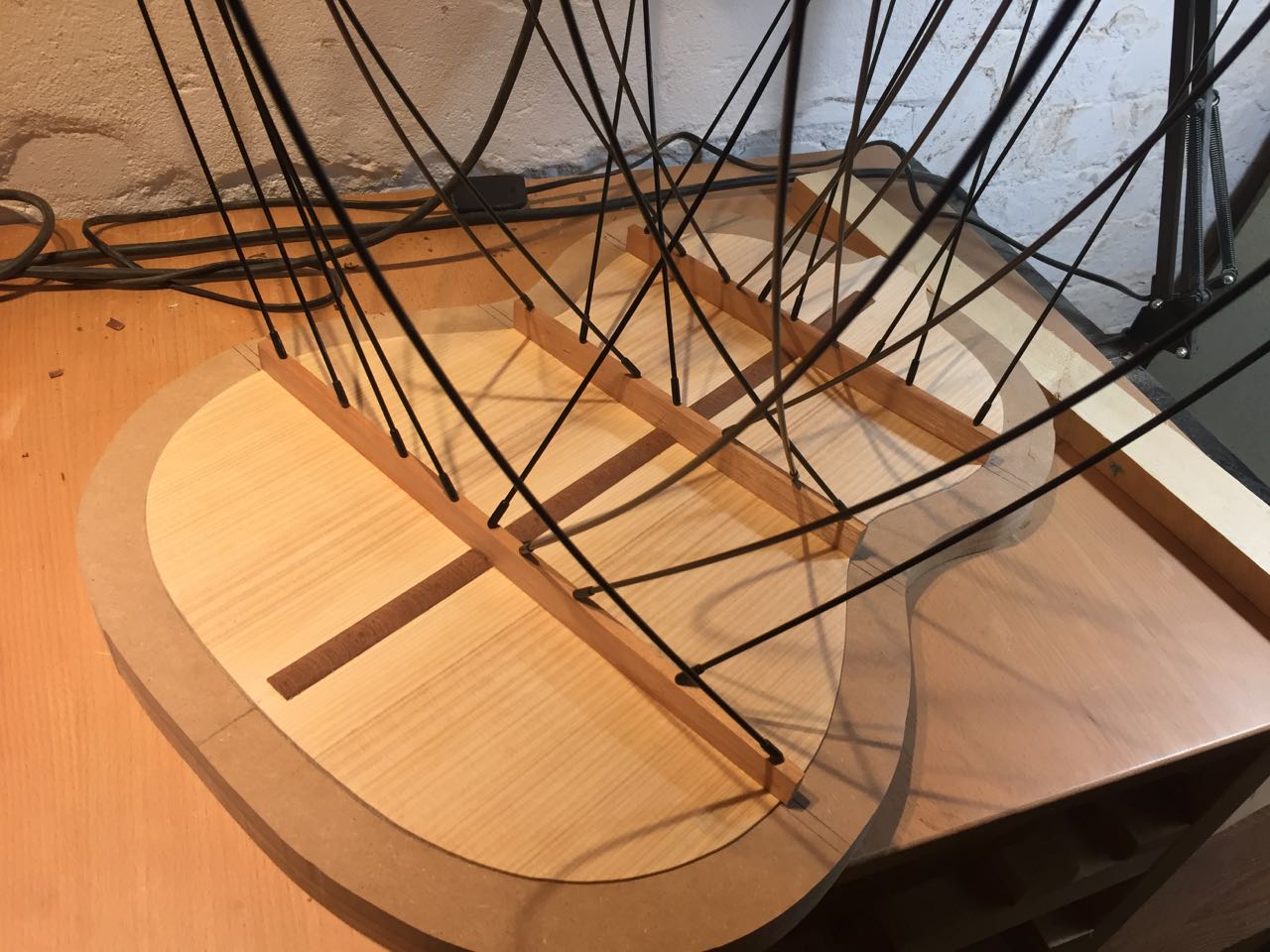
 New Messages
New Messages No New Messages
No New Messages Hot Topic w/ New Messages
Hot Topic w/ New Messages Hot Topic w/o New Messages
Hot Topic w/o New Messages Locked w/ New Messages
Locked w/ New Messages Locked w/o New Messages
Locked w/o New Messages Post New Thread
Post New Thread